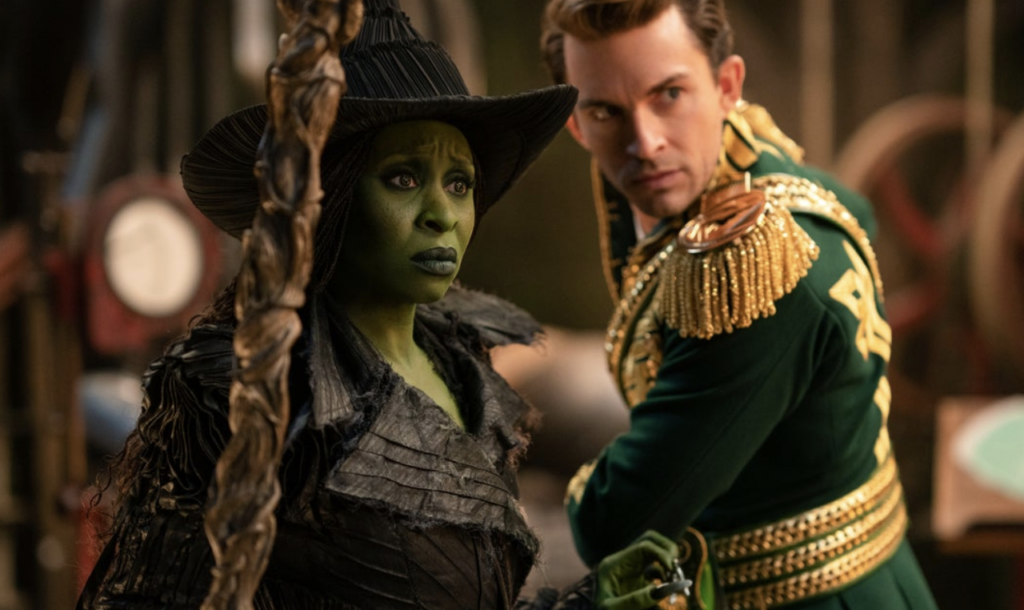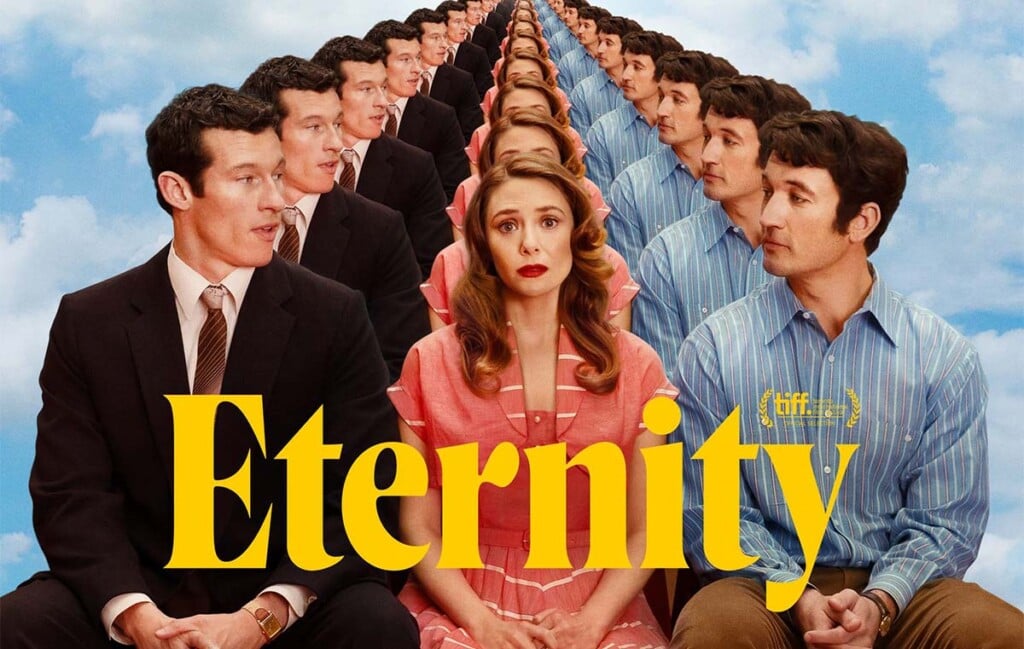Alex Garland and Ray Mendoza’s Warfare is a masterclass in tension built atop a facts-only foundation
"It’s easy to see why such a straightforward approach would suit Garland, a filmmaker who avoids making conclusive statements about his art to a frustrating degree."
For the first third of Alex Garland and Ray Mendoza’s Warfare, almost nothing happens. It’s the most tension I’ve ever felt watching a movie in a theater.
Let me explain: Warfare is an immersive, memory-based depiction of a group of Navy SEALS (including Mendoza, played here by Reservation Dogs’ D’Pharaoh Woon-A-Tai) on a 2006 Iraq war mission that got really violent. Two Iraqi scouts were killed, and two of their company were severely wounded. One, Elliott (portrayed in the film by Cosmo Jarvis), was left without the use of his legs and so physically traumatized that he has no memory of the event itself. You enter the movie knowing you’re going into a war zone, and that at some point things are going to get bad. You just don’t know when.
Garland and Mendoza make the most of suspending the other shoe by using a trick filmmakers from Michael Haneke to Ari Aster have employed to great effect: long, unbroken, mostly silent exterior shots that have no action at all. We watch as the characters quietly move from their base through the empty streets of Ramadi to the house they take over and use as a sniper’s nest. We watch as Elliott squints through his scope at suspicious happenings at the market across the street, and Ray communicates updates via radio. And then we wait…and wait…and wait.
By the time the fire fight starts at around the 30 minute mark, it’s a simultaneous shot of adrenaline and feeling of relief as your body finally unclenches.
The goal of Warfare is authenticity, which means foregoing cinematic storytelling elements like a plot arc or character development. We know almost nothing about these guys except how they interact with each other and how they behave in the heat of battle. You’d be hard-pressed to come up with several of the characters’ names. That’s by design—adding any of that would feel unnatural and, more to the point, untrue to how the subjects remember things happening.
As to how the characters interact with the violence and trauma all around them, their reactions speak volumes. As Erik, the group’s leader, Will Poulter exudes a calm, strategic mindset that slowly dissolves into shell-shock as the stakes get higher. When he asks Charles Melton’s Jake to take over command, Jake seems almost too good at it. Jarvis’ Elliott is stunningly self-aware as he lies bleeding on the floor behind a pair of tactical sunglasses. Then someone removes those sunglasses to reveal his eyes, framed in dust, mud and blood, and wild with terror.
The approach Garland and Mendoza take results in one of the most authentic-feeling war movies put to screen, but that approach also has a problem. In sticking strictly to the memories of these men, the film loses subtext. There is a little — the filmmakers show mostly-unscathed insurgent fighters emerging from their hiding spots after the tanks leave, and the family whose house the SEALS commandeered emerging from a bedroom into their now-wrecked, blood-streaked home. Both indicate the sense of pointless, endless destruction that hung over the entirety of the Iraq War, but those moments are so brief they feel like afterthoughts.
There’s a lot to be said for the fealty Warfare has to telling a story that really happened, as it happened, according to the people it happened to (for more specifics, I recommend checking out Mendoza and Garland’s interview on rogerebert.com).
There are also valid questions to ask here about not just memory, but feeling and personal perspective on those events. While those might complicate the telling, they’d do so in a way that might make a bigger statement. It’s easy to see why such a straightforward approach would suit Garland, a filmmaker who avoids making conclusive statements about his art to a frustrating degree.
As it is, what Warfare presents is an artistic exercise in immersive filmmaking and performance. Whether it makes a lasting impact (and to what end) is another question entirely.







